One of my favorite local professional photographers, Layne Kennedy, also creates beautiful wood bowls by turning wood bowls on the lathe. I’ve been wanting to take one of Layne’s photography classes for some time but it hasn’t worked with my schedule (yet!). But I’ve heard him speak at our photo club meetings and enjoyed his zest for life and approach to photography.
Makers of all kinds simply fascinate me
After seeing photographs of some of the bowls that Layne has made on social media, I decided to work up my courage and email him to see if he would allow me to photograph him turning wood on the lathe to create a bowl, for my Makers Hands photo series. I first contacted him in the middle of our long Minnesota winter. We waited until mild weather arrived before scheduling the session because his shop is in his garage.
As the weather warmed I emailed to remind him of my project and that the weather was warmer and he responded quickly, “I’m turning some bowls this morning and tomorrow morning if that works for you.”
I felt a little intimidated photographing a professional photographer, but when I said something about it to Layne, he quickly set me at ease, saying, “I figure that if nothing else, it will give you an opportunity to learn something.”
And learn, I did! We didn’t talk much about photography but my learning from the photo shoot was interesting and useful. Each time I do a photo session I learn something new and hopefully remember to apply it in future work. I have a list in my head of things I would do differently if I were to do this photo session over.
Layne gave me complete freedom to set up my photos and determine light with no comment. Being a natural teacher, passionate about his art, and an apparent extrovert, he talked about turning wood bowls on the lathe — the process, challenges, failures, and how he learned how to do it.
He explained that he loves making wood bowls because it’s such a kinesthetic tactile process, unlike making photographs. There is something moving about using one’s hands to make something that you can touch, see, and use.
Where does the wood come from
The wood comes from varied sources, from a tree being cut down in a neighbor’s yard to Layne seeing a beautiful old tree being cut down when he’s traveling. He told me about being on a trip when he saw a beautiful old tree being cut down. He stopped and talked to the people, ended up taking a big chunk of the tree in his rental car and then shipping it home via UPS. I wonder what the UPS guy who delivered that heavy box thought.
I learned from Layne that a bowl starts with a chunk of wood like the one above. below. He chooses a chunk of green wood (still containing a lot of moisture). Depending upon the diameter of the tree the wood comes from, the chunk of tree trunk is cut in half vertically (more common) or in quarters (very large diameter trees). Once the tree chunk is cut in half it needs to be turned fairly quickly or it will begin drying out and crack.
The cut surface of the log shown below will become the top of a bowl. The frisbee serves as a rough template Layne uses to trace around to guide his cuts. First he uses a chainsaw to trim off the corners of the chunk of wood. Then he begins turning on the lathe.
Can you visualize the bowl that might be hidden in this chunk of wood?
I was surprised at the amount of water in the wood!
Layne invited me to stand in front of the lathe as the wood turned and it was like standing in a tiny mini-shower. Droplets of water sprayed in all directions. When I felt the turned wood, it was wet to the touch. The tree containing the wood he was using had been cut down last fall and even after 6 months it was filled with water! Imagine how much water is circulating inside a large tree that is growing and alive!
Layne learned to turn wood bowls on the lathe at the North House Folk School in Grand Marais, MN. He is a board member at North House and teaches photography workshops through the folk school each summer and fall. He told me about taking his first class to learn how to turn a wood bowl using a lathe. In the class they used a more manual system to turn the wood with his feet providing the power that turned the wood. His first bowl took 3 long days to shape. Now it takes about an hour for him to shape a bowl using the lathe.
Failures during the creation process
There are many ways that a bowl can fail during the creation process. Hidden flaws can make a bowl unusable. Sometimes Layne discovers a nail, piece of wire, or penny embedded in the wood. Other times there is a fault or flaw in the interior of the wood that is not visible until it’s encountered. There can be soft spots that disintegrate and create holes, knots, or other flaws in the wood that create weak spots or holes. If the bowl dries too quickly it can crack.
During the drying process the bowl loses it’s perfectly round shape and usually becomes slightly oval. I think that the sanding process which occurs after the wood has dried may correct minor deformities. (I have not seen that part of the process.) Layne explained that the bowl he was turning in early May would not be dry enough to sand until sometime this coming fall. The sanding process is his least favorite part of the process. It takes about four times as long to sand a bowl as it takes to turn the bowl.
Layne finishes bowls that will be used for food by hand-rubbing a mixture of walnut oil (and another oil which I have forgotten). He then shaves and rubs in a bit of beeswax to seal the pores of the bowl so that it does not stain as easily and is less likely to absorb moisture and oils from the food. He finishes decorative bowls by hand rubbing tung oil into the surface of the wood.
I read something recently about the magic of working with wood. It was the belief that even after the tree is cut down that the wood is alive and carries the spirit of the tree throughout it’s long use. I love that idea because I love trees so much.
Turning Wood Bowls on the Lathe is Messy
As you can see from the photos, turning wood on the lathe creates lots and lots of sawdust and wood shavings. I was covered with sawdust and wood shavings by the time we finished the photo shoot. Sometimes so much debris was shooting through the air that I would pause and step back.
Wasting nothing, Layne burns small pieces of unused wood in the tiny wood stove that he sometimes uses to heat the garage. He collects the shavings into bags and gives them to a neighbor who is a boy scout leader. The neighbor uses them with his boy scouts as tinder to help start fires.
Life lessons in the creative process
Just as each person is unique, each tree is unique with it’s own innate strengths and forces of luck and adversity that shape it. Sometimes the flaws can create incredible beauty and sometimes they are fatal flaws that cannot be overcome — much like with people. Challenges, available resources, innate qualities, and the world around us shape us. If we have enough resources and the challenges are not too overwhelming we learn resilience from our challenges and flourish. Other times the challenges are too great, resources too few, and lives are impacted in unexpected tragic ways.
I feel incredibly blessed in my life and realize that where I am right now is more a factor of the luck and circumstance than because of my own effort and ability.
Learning about how and why people create
Photo sessions like this one are the reason that I continue to work on my Makers’ Hands series of photographs. Each artist teaches me so much about how and why they create. I am as fascinated with the process and reasons for creating art as with the final results, perhaps more so. Frequently I find myself wanting to take up many of the arts I photograph. I continually remind myself that while I can do anything I want, I cannot do everything. Despite my enthusiasm for several of the arts I’ve photographed (including throwing pots on the wheel, weaving, painting, and wood turning to name a few) I choose to focus my efforts on my passion for photography and my love of the written word.
What are you passionate about? How do you create? Are there things you simply cannot not do? Photography is my one thing that I cannot not do. What’s yours?
If you focus on the things you are curious about, that fascinate you and bring you joy you will find the world opening to you in ways that you cannot imagine. Creating is a healing and growing process in which you never stop learning, never stop growing.
May you walk in beauty.
Note: Are you a maker in Minnesota? Contact me if you would like me to photograph your Makers’ Hands at work.
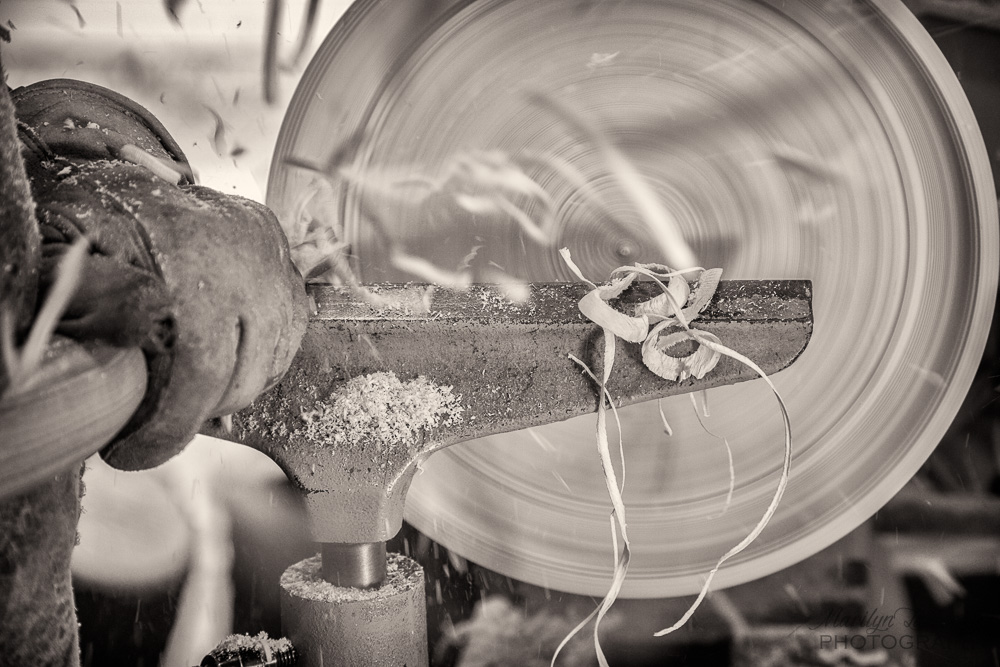
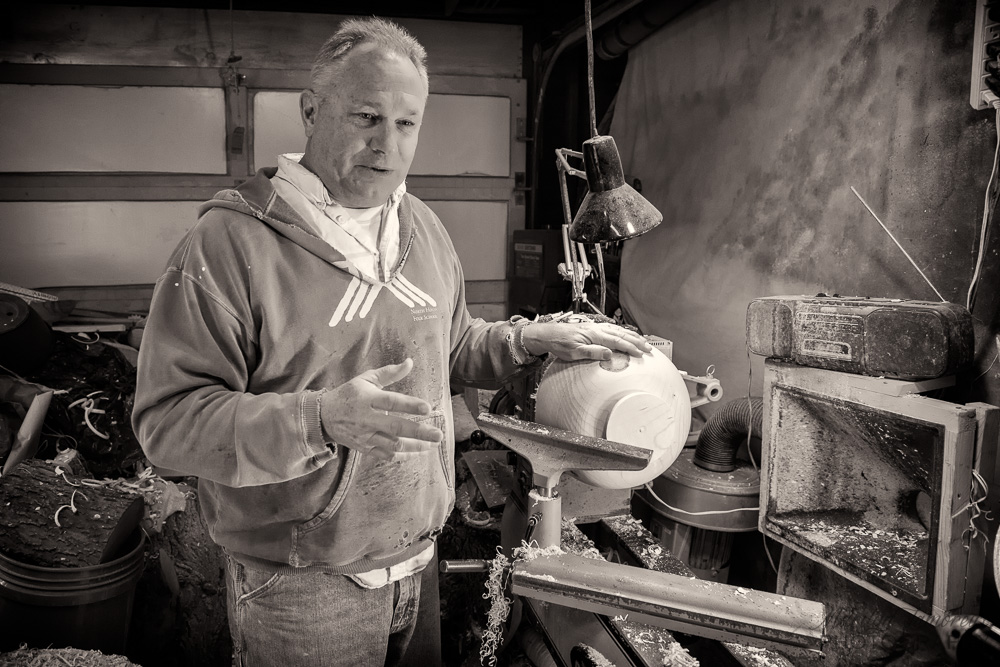

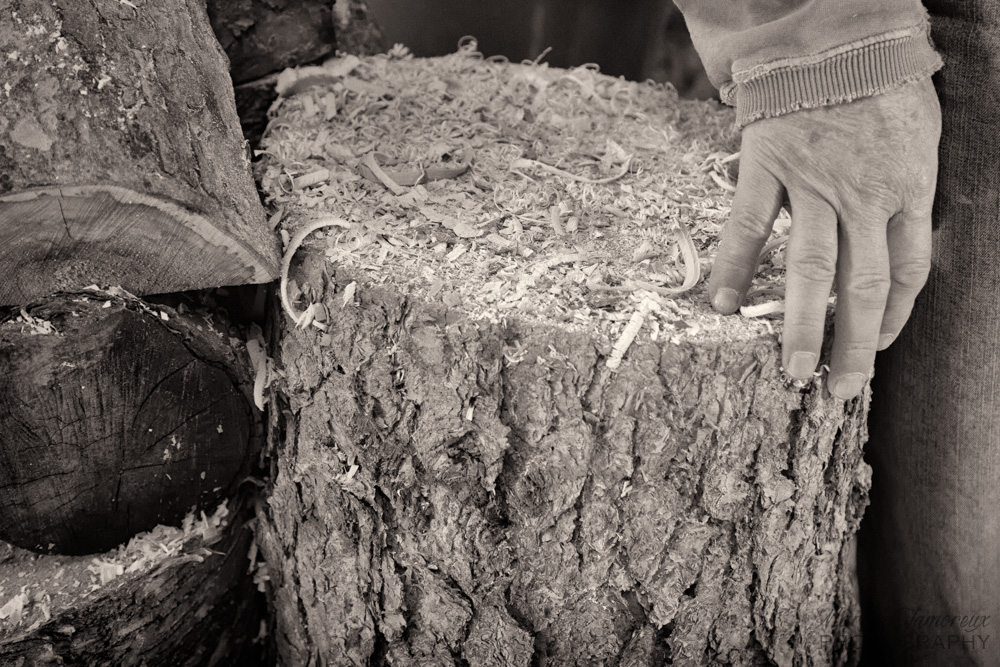

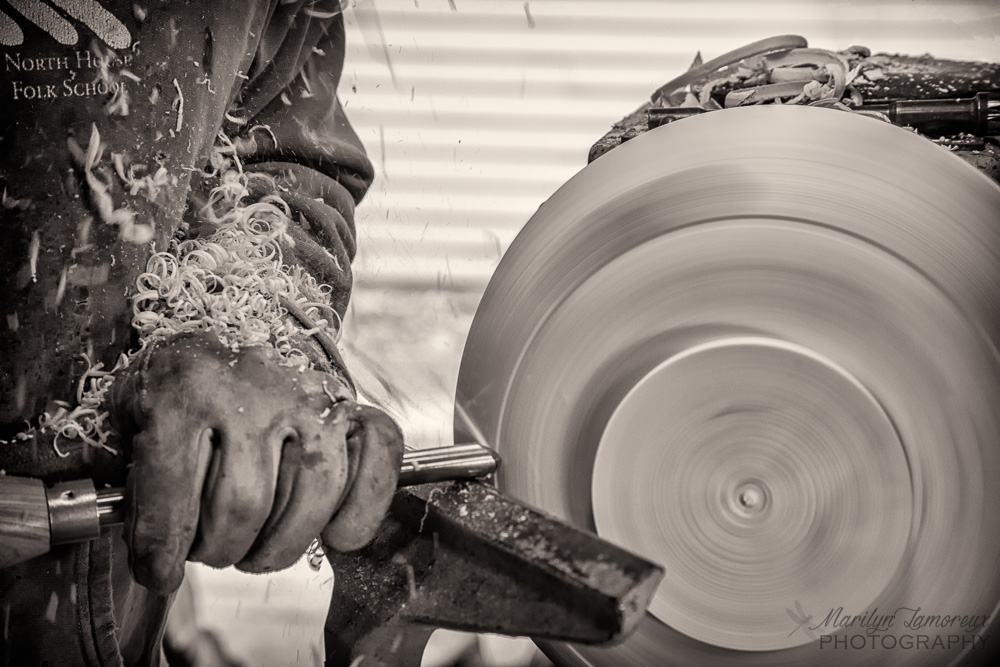
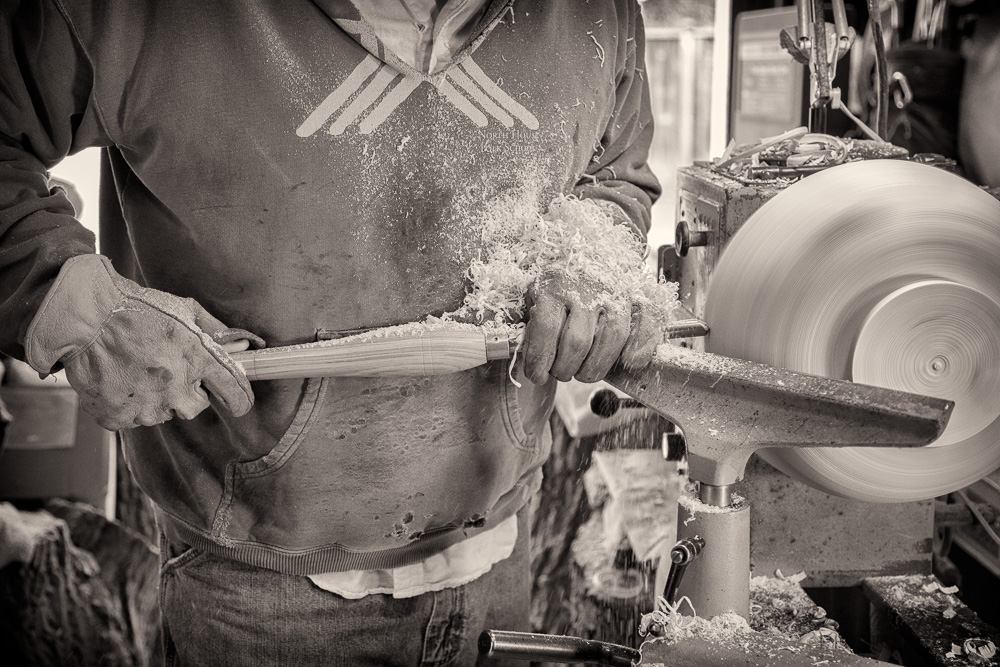
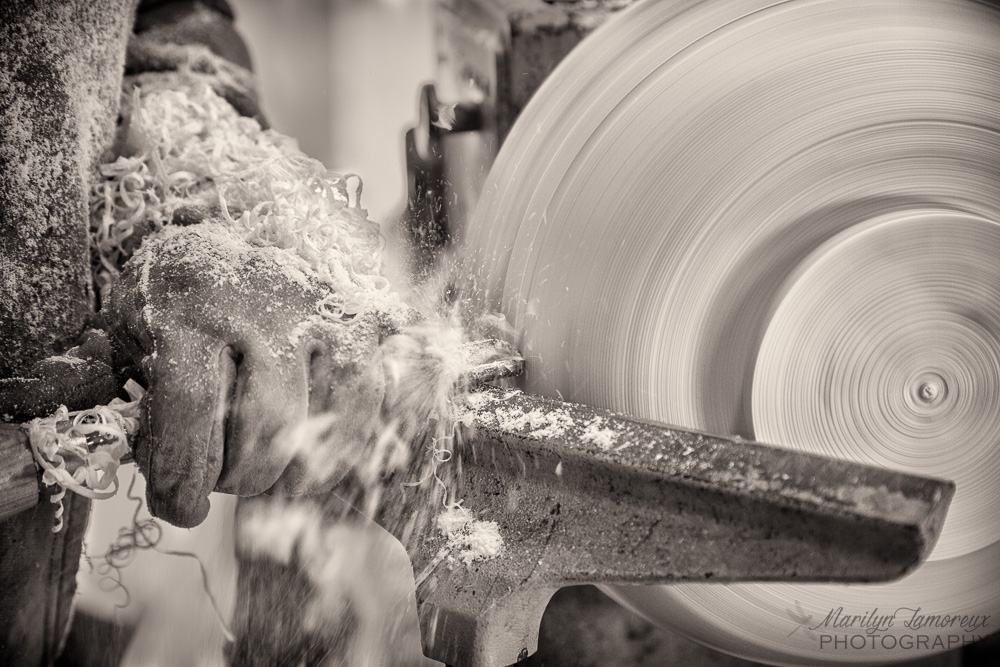
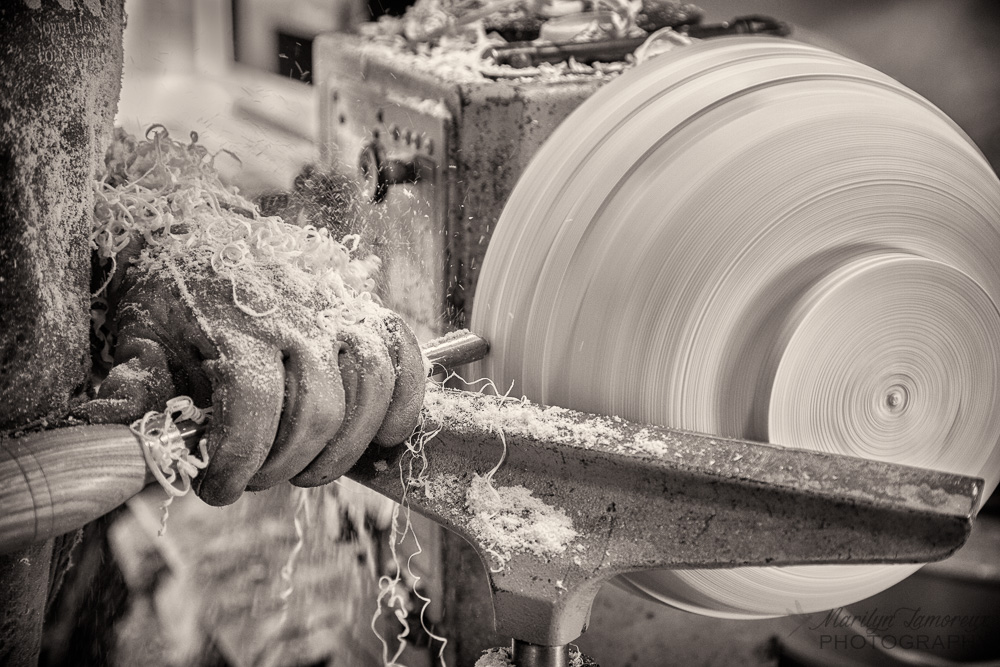
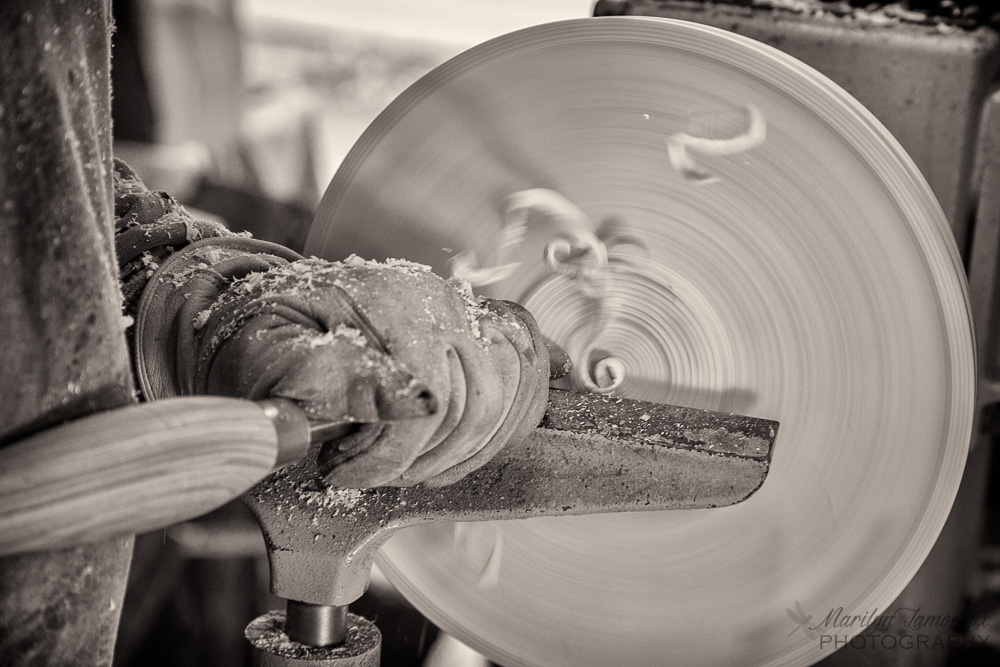
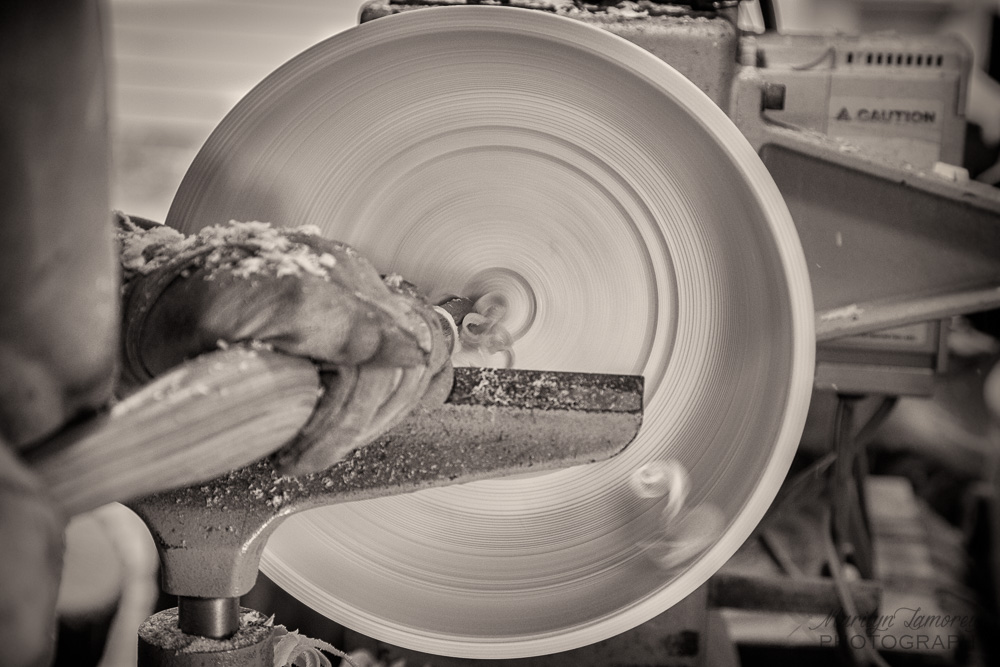

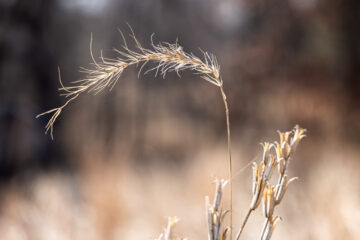


0 Comments